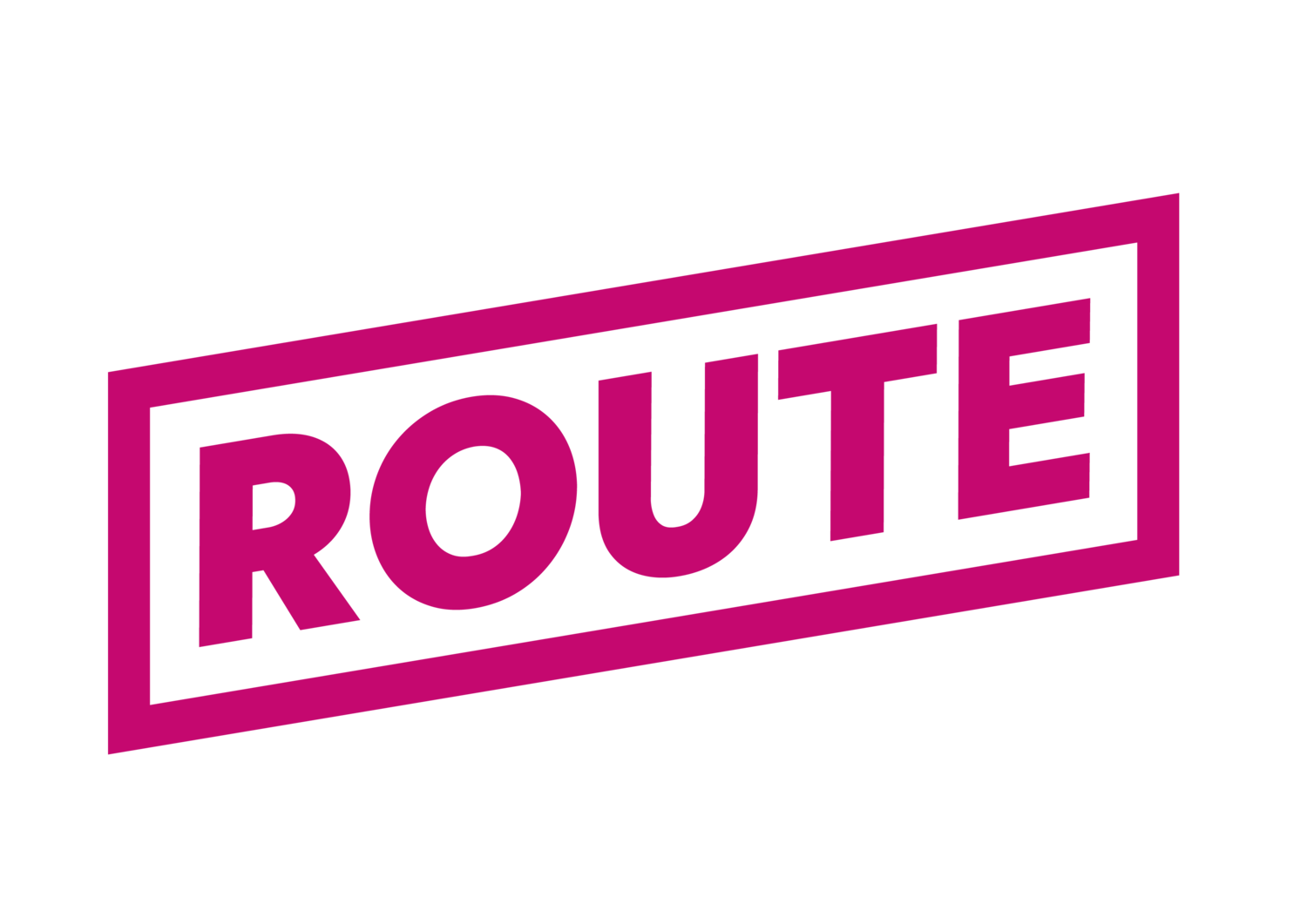How Route Comes Together
The Key Ingredients
Travel Survey
Each year 7,200 nationally representative adults aged 15+ are recruited face to face by Ipsos to participate in our Travel Survey. The data collection happens continuously through the year. In addition to completing a demographic questionnaire and a lifestyle questionnaire, participants agree to carry around one of our Multi-Sensor Tracking (MST) devices for a period of two weeks. These passively record the location of where people travel on a second by second basis.
The data which tells us where people travel, when and how often. This helps inform our statistical models and ultimately tells us which out of home advertising people are exposed to and for how long.
Visual Attention
A unique ingredient feeding into the Route data is our visual attention research. This is derived from a series of eye tracking research projects. Route has over 25 years experience in this area and has most recently refreshed the visual attention metrics in 2022.
Visual Attention research uses eye tracking technology to help us determine the probability that someone who is exposed to out of home advertising will actually look at it.
The Travel Survey helps us understand the geometry between where people move and the advertising inventory and also the time that they spend within areas from which it is possible to see the ads. The eye tracking measures enable us to then calculate the likelihood of people noticing the adverts on display using these key inputs.
This visibility adjustment is applied to the volumes passing through areas from where its possible to see the ads to give us a measure of not just those exposed, but those who really see out of home. advertising
Maps
Route has created a digital map of Great Britain. The map of the road network is derived from data provided by HERE, the location specialist. For interior spaces such as tube stations and shopping malls, scale drawings are translated into digital versions that are compatible with the road network. Once digitised, each pathway in the country can carry a flow of people or vehicles. Onto this we overlay all the inventory locations and calculate the areas and individual links from where they can be seen.
Further reading: How Route comes together - on a page
Volumetric Data
Counts of traffic and pedestrians are accurately assigned to specific locations so we know volumes passing those points. The counts are obtained from many external sources including the Department for Transport, Transport for London, local authorities, CAA and Network Rail. Commercial sources such as PMRS and The Local Data Company are also used. In addition, Route commissions its own counts to verify the third-party data and to add statistics in areas where the official sources might be sparse, for example residential roads.
Traffic Intensity Model
The task of the Traffic Intensity Model (TIM) is to expand the traffic figures at known locations so that they cover the entire country. The extrapolation is based on a series of complex regression models that simulates car and pedestrian traffic with respect to traffic rules, location infrastructure and the volumes at other surrounding count stations. The TIM takes into account the distance from an original measurement and the traffic complexity in between. It generates short distance flows so that for each point on a street or inside a transport hub or retail location, it is possible to analyse contributing flows and particular intensities. It is able to simulate traffic intensity and generate similar conditions in similar locations. In simple terms it allows us to calculate how many people are travelling on every road and pathway around Great Britain.







